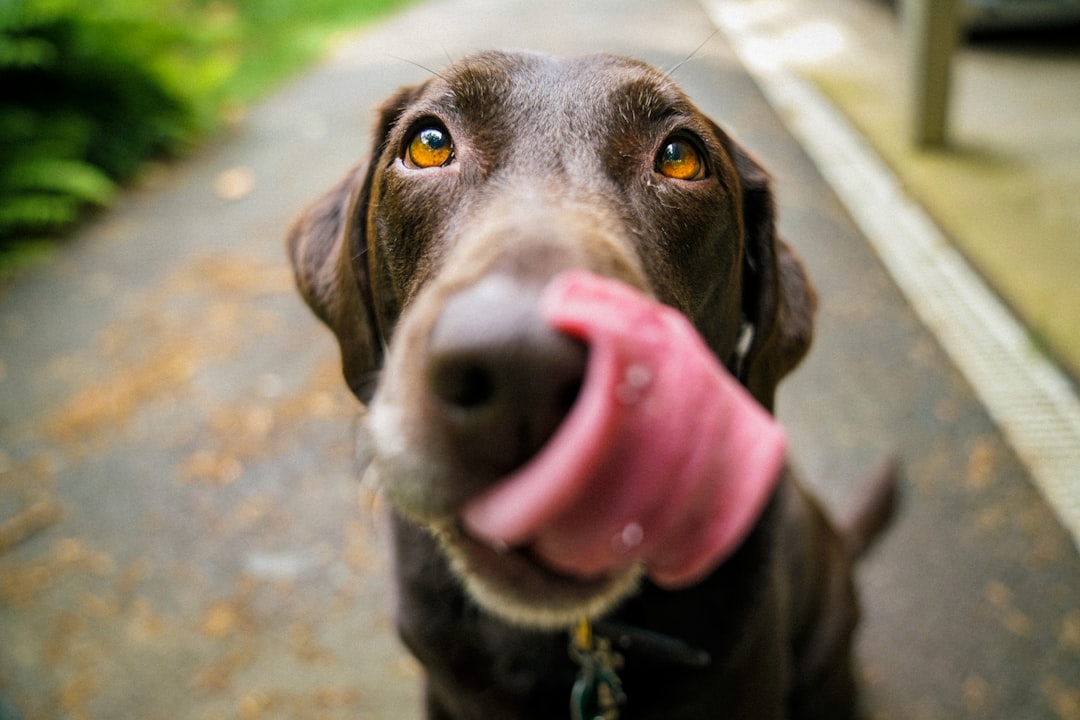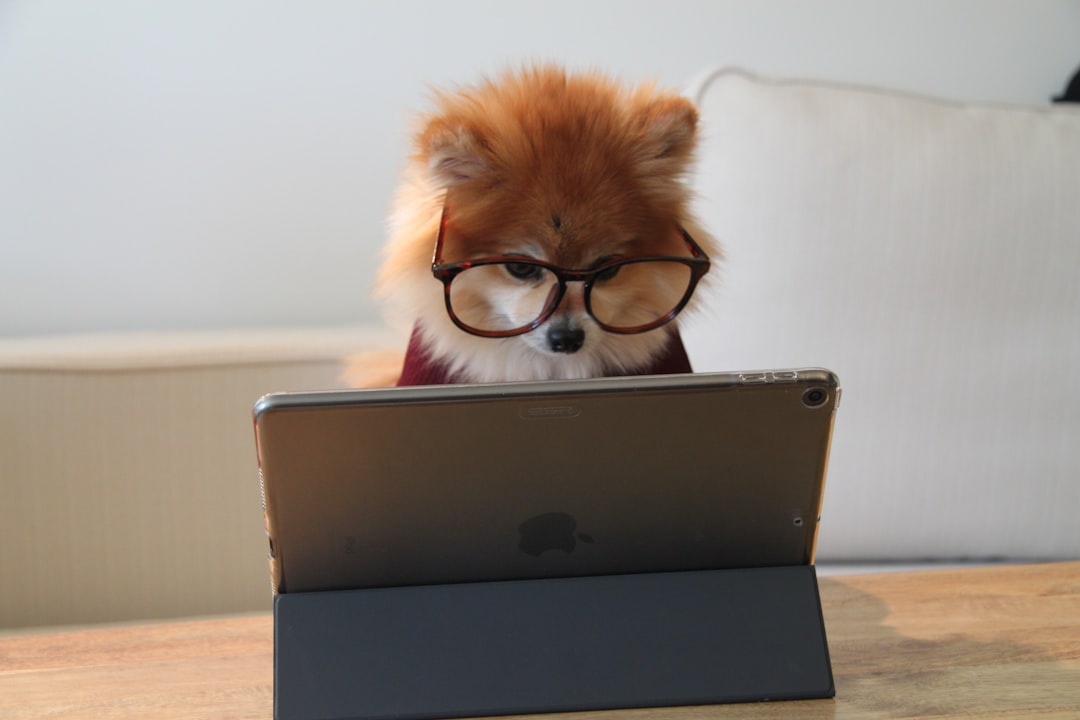Expert Insights: Tips for Maintaining Obedience in Dogs of All Breeds – Learn how to establish a strong bond, start early with training, utilize positive reinforcement techniques, choose the right training methods, and address common behavioral issues to maintain obedience in dogs of all breeds.
Top Tips for Maintaining Obedience in Dogs: Expert Insights
Expert Insights: Tips for Maintaining Obedience in Dogs of All Breeds
When it comes to maintaining obedience in dogs of all breeds, early training plays a crucial role in setting a solid foundation for long-term success. Starting training as soon as possible not only prevents the development of bad habits but also ensures effective learning. For instance, introducing basic commands like “sit,” “stay,” and “come” early on can help reinforce obedience in your dog from the start. This early training approach is especially beneficial in preventing behavioral issues and establishing a routine of positive interactions between you and your pet. Remember, the sooner you start training your dog, the easier it becomes to instill good behavior patterns.
Furthermore, seeking professional help for advanced obedience training skills can be a game-changer for pet owners. Professional trainers can provide specialized guidance tailored to your dog’s specific needs, whether it involves agility training, scent work, or addressing complex behavioral issues. By enrolling in obedience classes or consulting with a professional trainer, you can gain valuable insights into effective training methods that cater to your dog’s personality and learning style. This personalized approach not only enhances the training experience but also maximizes the obedience results you achieve with your furry companion. Embracing expert advice and techniques from professionals can significantly impact your dog’s behavior and overall obedience levels.
Introduction to Dog Obedience Training
Establishing a strong bond through obedience training is crucial for a positive relationship with your dog. Obedience training not only provides mental stimulation for dogs but also plays a significant role in their overall well-being by boosting their confidence and sense of security. This foundational training allows dogs to understand boundaries, expectations, and how to communicate effectively with their owners, resulting in a harmonious and fulfilling relationship.
Experts stress the significance of consistent and patient training methods for all dog breeds, highlighting the need for ongoing practice to maintain obedience throughout the dog’s life. By incorporating training into daily routines, pet owners can reinforce good behavior and prevent behavioral issues from arising, contributing to a well-adjusted and obedient pet. For example, integrating basic commands like sit, stay, and come into everyday interactions not only reinforces obedience but also strengthens the bond between the dog and its owner. This consistent approach to training establishes a clear understanding between the dog and the owner, fostering a healthy dynamic based on trust, respect, and communication.
Starting Early with Training
Initiating training for your canine companion at a young age is crucial not only for preventing the formation of unwanted behaviors but also for promoting effective learning. By starting early, you set the foundation for a well-behaved and obedient dog in the future. For example, teaching a puppy to respond to basic commands like “sit” and “stay” can help establish good behavior patterns early on.
Furthermore, engaging in short and fun training sessions tailored to your dog’s developmental stage and abilities can make the learning process more enjoyable and effective. For instance, incorporating playtime and positive reinforcement techniques such as treats and praise can keep your dog motivated and eager to learn. Remember, dogs, like humans, have different learning curves, so being patient and understanding of your pet’s individual pace is essential for successful training outcomes. Lastly, integrating obedience training into your daily routines, such as asking your dog to “come” before mealtime or “stay” before going for a walk, can reinforce obedience in various real-life situations.
 Utilizing Positive Reinforcement Techniques
Utilizing Positive Reinforcement Techniques
When it comes to utilizing positive reinforcement techniques in dog obedience training, consistency is key. By rewarding your dog with treats or praise immediately after they exhibit the desired behavior, you reinforce the connection between the action and the positive outcome. For example, when teaching a dog to sit, offering a treat as soon as their bottom touches the ground reinforces this behavior, making it more likely to be repeated in the future.
Another effective positive reinforcement technique is using a clicker to mark the exact moment your dog performs the desired behavior, followed by a reward. This method helps communicate to your dog precisely what they did right, making the training process clearer and more efficient. For instance, when training a dog to stay, using a clicker to signal the correct position can help solidify the command in their understanding.
Moreover, positive reinforcement techniques not only foster obedience but also strengthen the bond between you and your dog. By associating good behavior with rewards, you create a positive and enjoyable learning experience for your pet. This approach enhances trust and communication between you and your dog, laying the foundation for a harmonious relationship built on mutual respect and understanding.
Choosing the Right Training Methods
When it comes to choosing the right training methods for your furry companion, there are various factors to consider. Enrolling in obedience classes or seeking the guidance of a professional trainer can be incredibly beneficial, especially when dealing with specialized training needs such as agility or scent work. These classes offer structured environments where both you and your dog can learn together, ensuring that you are equipped with the necessary skills to maintain obedience in your pet.
Moreover, tailoring your training approach to suit your dog’s unique learning style and personality is key to achieving successful outcomes. For instance, some breeds may respond better to certain training techniques than others. By understanding your dog’s individual preferences and tendencies, you can customize your training sessions to make them more engaging and effective. For example, a high-energy breed like a Border Collie might thrive on interactive and mentally stimulating activities, while a more laid-back breed like a Basset Hound may prefer a slower-paced training approach.
Furthermore, incorporating clicker training into your obedience regimen can yield positive results. This method involves using a clicker—a small device that makes a distinct clicking sound—to mark desired behaviors and communicate with your dog effectively. By pairing the sound of the clicker with treats or rewards, you can reinforce positive behaviors and teach your dog new commands in a clear and consistent manner. Clicker training is known for its precision and can be particularly useful for shaping complex behaviors or refining specific skills in your canine companion.
Addressing Common Behavioral Issues through Training
Addressing common behavioral issues through obedience training is essential for ensuring a well-behaved and obedient dog of any breed. For example, if your dog tends to bark excessively, incorporating commands like “quiet” or “enough” during training can help curb this behavior effectively. By consistently reinforcing the command and rewarding your dog for quiet behavior, you can address this common issue and promote obedience.
Moreover, jumping can be a challenging behavior to manage in dogs, but through proper training techniques, it can be addressed. For instance, teaching your dog the “off” command and rewarding them for keeping all four paws on the ground can help eliminate jumping behaviors. This training approach not only instills obedience but also ensures a harmonious interaction with your pet and visitors.
Additionally, when dealing with aggression in dogs, it’s crucial to understand the root cause of the behavior and implement training methods that focus on redirecting aggressive tendencies. By teaching your dog alternative behaviors and commands to replace acts of aggression, you can effectively manage this issue and promote obedience. Consistency in training, along with positive reinforcement, plays a vital role in reshaping your dog’s behavior and fostering a well-mannered companion.
 The Importance of Consistency, Patience, and Dedication
The Importance of Consistency, Patience, and Dedication
Consistency, patience, and dedication are the cornerstones of successful dog training across all breeds. By being consistent in your approach, you provide a clear structure for your dog to follow, helping them understand what is expected of them. For instance, if you are teaching your dog to sit, consistently using the same command and hand signal every time reinforces the association between the action and the command, facilitating faster learning and better obedience.
Patience plays a vital role in dog training as every dog learns at its own pace. It’s crucial to remember that each dog is an individual with its unique personality and learning style. For example, some breeds may pick up commands quickly, while others may require more time and repetition to grasp the desired behavior. By being patient and understanding, you create a supportive environment that allows your dog to learn in a stress-free setting. Additionally, showing patience when your dog makes mistakes helps in building their confidence and trust in you as their trainer.
Dedication to your dog’s training regime is key to long-term success. Consistently setting aside time for training sessions, practicing commands regularly, and incorporating obedience training into your daily interactions with your dog are all signs of dedication. For instance, dedicating time each day to reinforce basic commands like ‘stay’ or ‘come’ not only strengthens your dog’s obedience but also deepens the bond between you and your pet. Remember, the effort and time you invest in training your dog will pay off with a well-behaved and responsive companion.
 Conclusion: Nurturing Obedience for a Fulfilling Relationship
Conclusion: Nurturing Obedience for a Fulfilling Relationship
Incorporating expert insights and recommendations into your dog’s training routine is fundamental in fostering a strong and gratifying relationship with your furry companion. By following professional guidance on obedience training techniques, pet owners can establish a harmonious bond built on trust, respect, and effective communication. For instance, consistent positive reinforcement methods, such as using treats, verbal praise, or toys, can help reinforce desired behaviors and encourage obedience in dogs of various breeds.
Furthermore, obedience training not only benefits the dog but also enhances the overall quality of life for both the pet and the owner. Through structured training sessions that focus on reinforcing obedience commands and addressing behavioral issues promptly, dog owners can cultivate a fulfilling and enjoyable companionship with their canine friends. It is important to remember that the journey of nurturing obedience in dogs requires dedication, patience, and a deep understanding of the individual needs and learning styles of each dog. By prioritizing obedience training as an ongoing process rather than a one-time task, pet owners can create a positive and lasting impact on their dog’s behavior and well-being.


 Utilizing Positive Reinforcement Techniques
Utilizing Positive Reinforcement Techniques The Importance of Consistency, Patience, and Dedication
The Importance of Consistency, Patience, and Dedication Conclusion: Nurturing Obedience for a Fulfilling Relationship
Conclusion: Nurturing Obedience for a Fulfilling Relationship